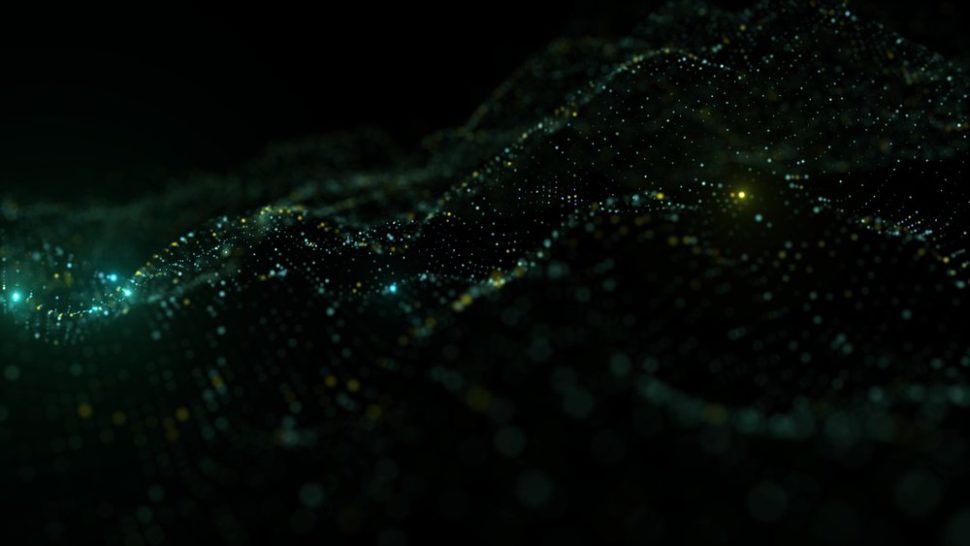Two multinational research teams, working independently from each other, have found two ways to test aspects of the Tomonaga–Luttinger theory.
Usually, the interaction of electrons in conductors is described by the Fermi-liquid theory, this, however, is inapplicable in a one-dimensional or 1-D environment.
A river gets narrower and narrower, flowing increasingly stronger through a succession of rapids. Likewise, an ordinary liquid flows more quickly as the channel carrying it is narrowed, but what would happen if it gets so narrow that only a few atoms could escape at the same time?
Two new methods test aspects of TLL theory and boost research into 1-D materials.Click To TweetHere another quantum mechanics theory comes into play: the Luttinger liquid (also known as TLL, Tomonaga-Luttinger Liquid), which describes the behavior of quantum particles in a one-dimensional ensemble that’s different from that of an ordinary liquid.
But the TLL model remained difficult to test because it’s hard to build and control a 1-D environment.
Now, thanks to advances in nanotechnology, two international teams of scientists have been able to independently come up two different methods to experiment with the long-established theoretical model of TLL.
1. Ultracold Atomic Gas
One-dimensional Luttinger liquid behavior can be demonstrated in a 1-D array using ultracold atomic gases (made up of rubidium-87 atoms). This was experimentally proved by a team of scientists from China, Germany and Australia.
“In the TLL regime, we obtain the Luttinger parameter by probing sound propagation,” said the team via an article published in Physical Review Letters. “Furthermore, a characteristic power-law behavior emerges in the measured momentum distributions of the 1D ultracold gas, confirming the existence of the TLL.”
2. 1-D Array of Josephson Junctions
The second team, whose members were from Australia, Germany, and Russia, resorted to a 1-D ensemble of Josephson junctions to test the TLL theory.
For this, we read the following in the abstract of a research paper also published in Physical Review Letters:
“We present experimental results that establish the insulating state of linear chains of submicron Josephson junctions as Luttinger liquids pinned by random offset charges, providing a one-dimensional implementation of the Bose glass, strongly validating the quantum many-body theory of one-dimensional disordered systems.”
Getting to know how 1D quantum particles behave is critical for the development of materials for various applications, from quantum processors and nanoelectronics to energy harvesting and sensors. Now, scientists have not one but two distinct methods to test TLL theory predictions and boost research into 1-D materials.



















Comments (0)
Most Recent